The 14 Easiest Houseplants
Here are 14 easiest houseplants that are difficult to kill and look excellent anywhere.
Nothing surpasses the natural beauty and calming atmosphere of a houseplant. But the benefits of plant ownership extend far beyond aesthetics.
Houseplants can have numerous positive impacts on you and your home environment, including increasing oxygen levels, boosting productivity, and accelerating healing.
However, growing houseplants can be difficult for many individuals. Watering might be a mystery; too much or too little water can kill a plant just as quickly.
What about illumination? What plants can you cultivate in your grey bathroom or bedroom?
How To Select A Simple Houseplant
Before purchasing a plant, it is essential to measure your available area. Most people cannot keep their houseplants alive because they select plants that are incapable of surviving in their houses.
Lighting and exposure: Does your room have an abundance of natural light, or is it dim? If your room does not receive a great deal of natural light, numerous gorgeous low-light plants will flourish.
However, you need not give up on the plant of your dreams. The experts recommend investing in a grow light to augment low-light environments.
Different plants require varying levels of humidity to grow. Considering a high-humidity plant may necessitate the use of a humidifier if you reside in an extremely dry region.
Be mindful of where you position your plants as well. For instance, a high-humidity plant will not thrive next to a radiator emitting dry air.
Be honest about the amount of time you can devote to caring for your plants.
Do you travel frequently? Will you most likely forget to water your plants?
If you have a busy life or lack the patience to maintain a high-maintenance plant, choose one of the below starter plants that are easier to care for.
After assessing your area and lifestyle, you will have an idea of which plants would thrive in your surroundings. The next step is the most enjoyable: choosing a plant you adore.
This article has 13 houseplants that are quite easy to care for, even for those with a black thumb.
The 14 Easiest Houseplants To Purchase:
Click each link to discover more about the particular plant, or continue reading for an overview of all of them.
- Pothos
- Monstera
- Snake plant
- Chinese evergreen
- Spider plant
- Dracaena
- Dieffenbachia
- ZZ plant
- Arrowhead plant
- Bird of paradise
- Cast Iron Plant
- Goldfish flower
- Ponytail palm
- The peace lily or Spathiphyllum
Prices and links are accurate as of the 27th of May 2022.
Pothos
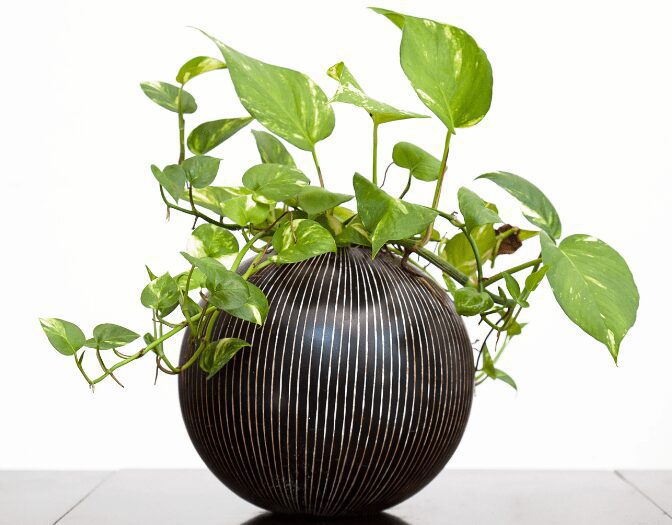
Pothos is likely the easiest houseplant to grow and a perennial favorite.
Pothos is a climbing plant, but it frequently develops a mound of heart-shaped leaves before its trailing tendrils take over.
Additionally, training around topiary forms like hoops, stakes, pillars, and arches is extremely simple.
There are numerous types of pothos, sometimes known as devil’s ivy. The most popular pothos has yellow and green leaves and is known as golden pothos.
Another popular species is the charmingly mottled green and white “Marble Queen.”
Botanical name: Epipremnum aureum
The number of watering depends on the humidity level. It is simple to overwater pothos, so allow the soil to dry out slightly between waterings and water only once the top few inches of soil feel dry to the touch.
Pothos is not fussy about light, but it does best in a sunny window away from direct sunlight, which will scorch the leaves.
Size: A happy pothos develops stems that can reach lengths of more than eight feet, but you can easily cut or clip the plant back to any size you like or propagate its leaves.
Toxic to animals? Yes, both cats and dogs are allowed.
Where to obtain:
$25 for a plastic pot of Neon Pothos, available on Amazon
Monstera
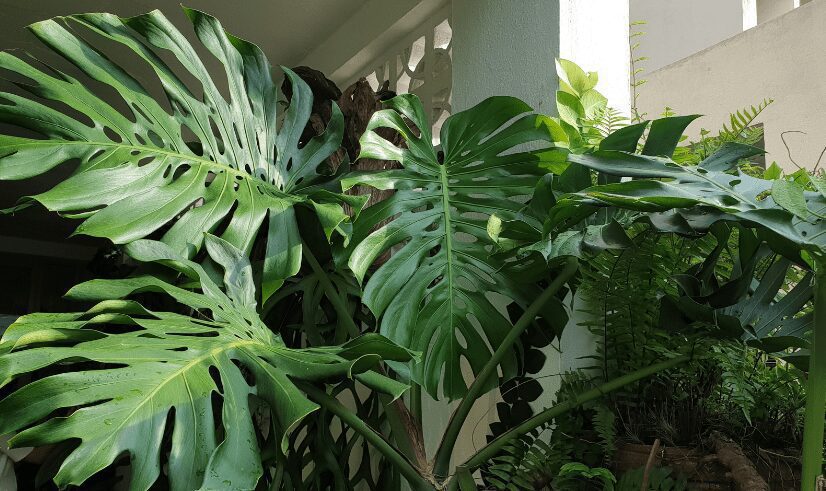
Monstera This tropical plant may appear frightening, yet monstera deliciosa is simple to cultivate in virtually any setting.
Monstera deliciosa is a distinctively shaped tropical plant. It is also known as the “Swiss cheese plant” because of the natural holes (also known as fenestrations) in its broad, green leaves.
As Monsteras are climbers, you will need to give them room to grow. These plants are ideal for novice gardeners because, despite their untamed appearance, they are surprisingly simple to maintain. Monsteras are an adaptable centerpiece that can thrive in a variety of indoor conditions.
Botanical name: Monstera Deliciosa
Water monstera every two to four weeks. Allow the soil to become somewhat dry among waterings. Increase watering frequency if the plant is in direct sunlight.
Monstera thrives in bright to moderate indirect light. It is not designed for direct exposure to intense light, although it can adapt to it.
Size: Size varies depending on the species. In the wild, monstera can reach heights of over 60 feet, but in your home, they are unlikely to exceed eight feet.
Toxic to animals? Yes, both cats and dogs are allowed.
Where to obtain:
$56 for a medium Monstera Deliciosa in a ceramic pot, available on Amazon
Snake Plant
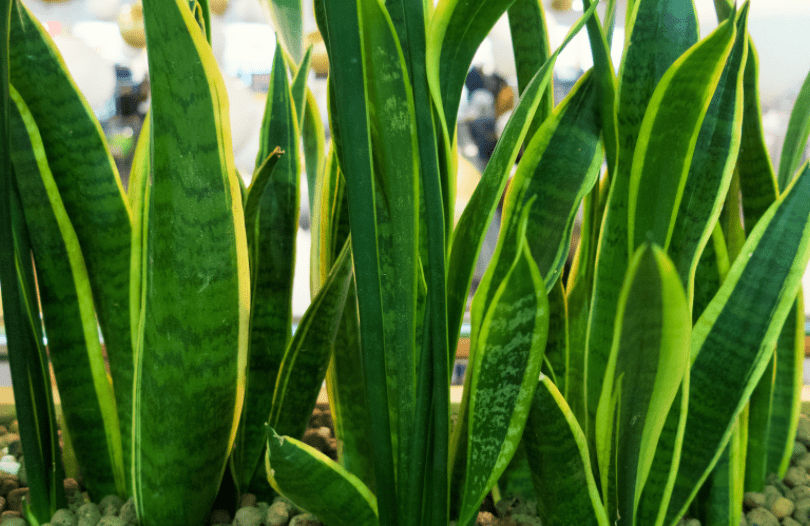
Snake plant A snake plant will survive even if you neglect to water it occasionally.
The snake plant, sometimes known as mother-in-tongue, law’s has been popular since the Victorian era.
This houseplant is exceptionally simple to cultivate, which is an added advantage to its lovely upright, angular form.
Some types are uniformly dark green and speckled, but others have a yellow or white border around the green leaf margins.
Botanical name: Sansevieria trifasciata
The snake plant is fairly resistant to drought; in fact, it is quicker to destroy by overwatering than by underwatering. However, it must be watered whenever the soil begins to feel dry.
Your snake plant is one of the most tolerant plants when it comes to light, and can thrive almost everywhere besides the darkest rooms. However, it prefers strong light without direct sunshine.
Size: The tallest erect leaves can reach four feet in height, however, the most are less.
Toxic to animals? Yes, both cats and dogs are affected.
Where to obtain:
Snake Plant in porcelain container, available for $27,99 on Amazon
Chinese Evergreen
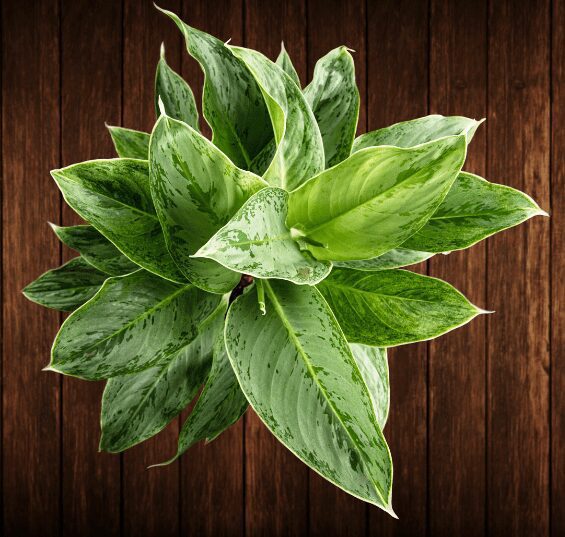
Chinese evergreen is one of the easiest-to-grow houseplants for purifying the air and is also one of the greatest air-purifying houseplants.
There are numerous attractive variations of the Chinese evergreen, with “Silver Queen” being one of the most common. It features silvery leaves with darker green spots and edges. “Red Siam” is a very beautiful cultivar with pink and green leaves.
The Chinese evergreen has long, somewhat pointed leaves and a mounded growth habit.
Botanical name: Aglaonema
Water: Chinese evergreen is a very tolerant plant; as long as you don’t allow it to dry out entirely for an extended period of time, it can withstand somewhat infrequent watering, although it performs optimally when watered on a regular schedule.
This is one of the greatest indoor plants for low-light environments.
Size: Your Chinese evergreen can reach approximately three feet in height and width as it matures.
Toxic to animals? Yes, both cats and dogs are affected
Where to obtain:
Red Chinese Evergreen in a plastic pot sold on Amazon for $49.95
Spider Plant
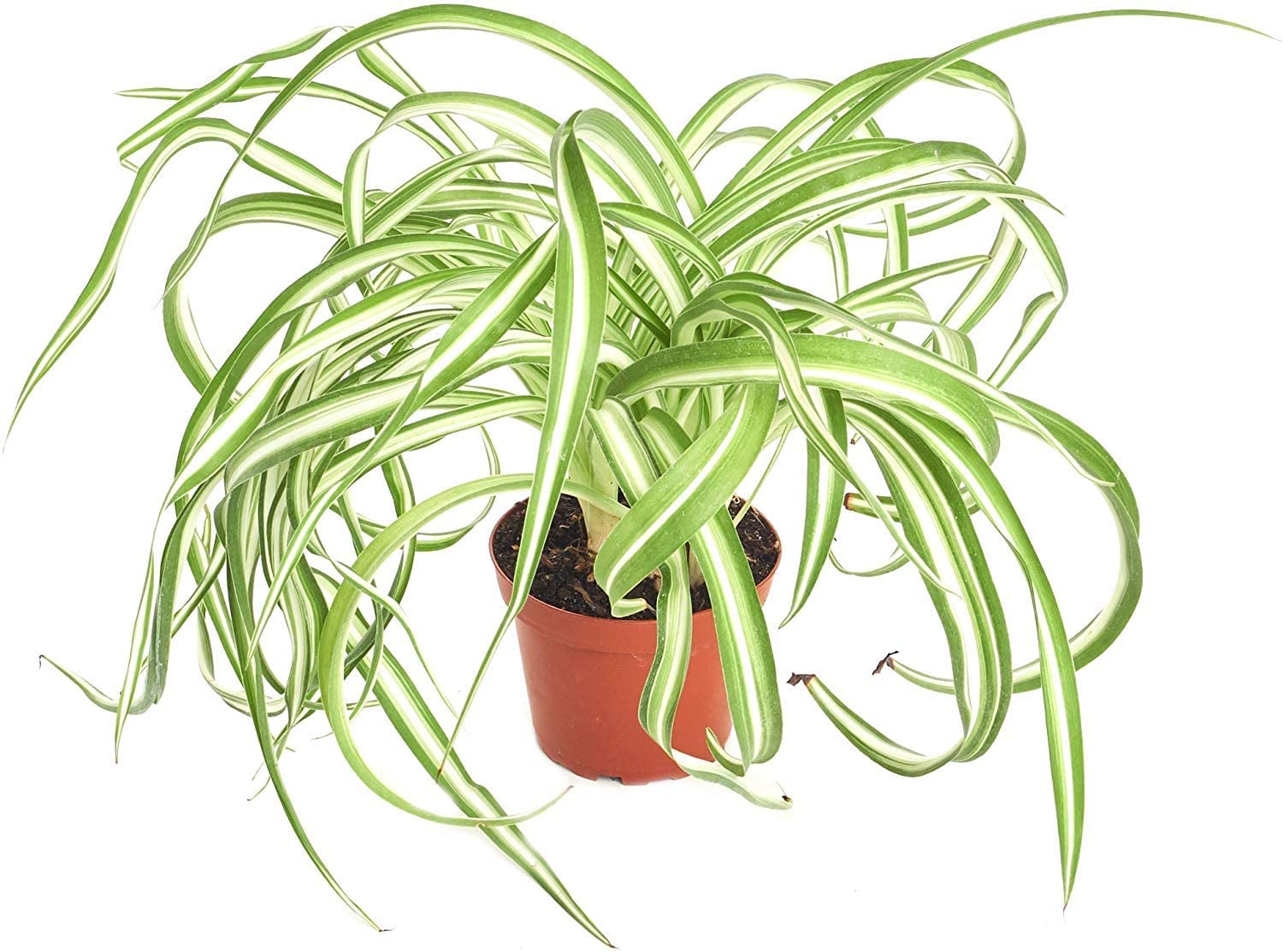
Spider plants are traditional, low-maintenance houseplants.
If you equate spider plants with the 1970s and macramé hangers, they’re back, but this time without macramé.
Spider plants, an additional air-purifying houseplant, are appealing plants with an airy growth pattern and long, pointed leaves that dangle downward.
The “Curly” variation of the spider plants has the same white and green coloration as the standard version.
Botanical name: Chlorophytum comosum
Keep the soil moist, but not overwatered, to maintain the health of your spider plant.
Medium to bright lighting is optimal.
Spider plants have a drooping growth style and rarely exceed one foot in height, although their stems might droop even further.
Toxic to animals? Non-toxic to both felines and canines.
Where to obtain:
Spider Plant in a biodegradable planter, available for purchase on Amazon for $10.99
Dracaena
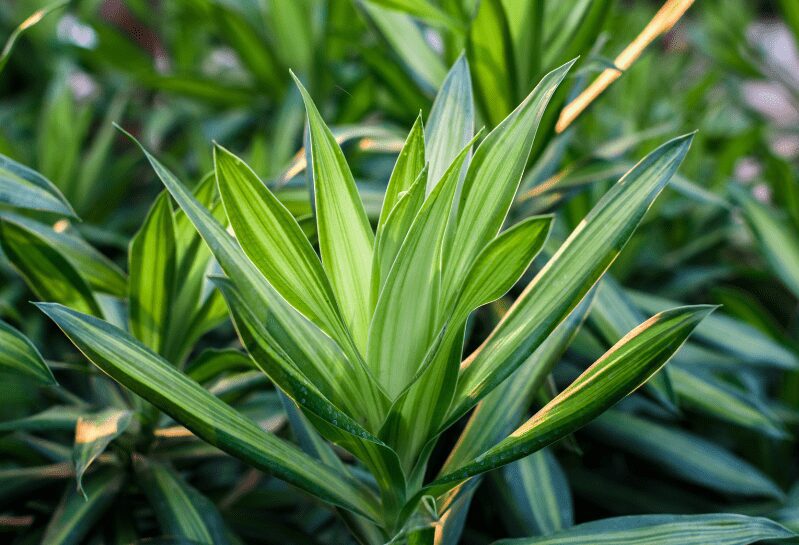
There are numerous types of Dracaena, all of which are resilient.
Dracaena (pronounced drah-seen-aw) is the genus name for a wide and diversified collection of popular houseplants, the majority of which are easy to cultivate.
They all have a central stem with long, pointed leaves, and many are striped or spotted with red, yellow, or white.
The maize plant, “lucky bamboo” (which, despite its name, is a dracaena and not a bamboo), marginata, Janet Craig, and reflexa are among the most popular.
There are dracaenas with open and airy growth patterns, densely-packed growth patterns, and all other possible development patterns. Many, including the corn plant and marginata, can be trained to grow as “trees” indoors.
Botanical name: Dracaena sp.
Keep the soil of your dracaena wet, but never damp.
Dracaenas require bright, but filtered, light to thrive. Protect them from direct sunshine.
There are dracaena species that grow no more than a foot tall, others that can be trained into eight-foot indoor trees, and everything in between.
Toxic to animals? Yes, both cats and dogs are affected
Where to obtain:
$17.99 for a Dracaena White Bird in a recycled plastic planter, available on Amazon
Dieffenbachia
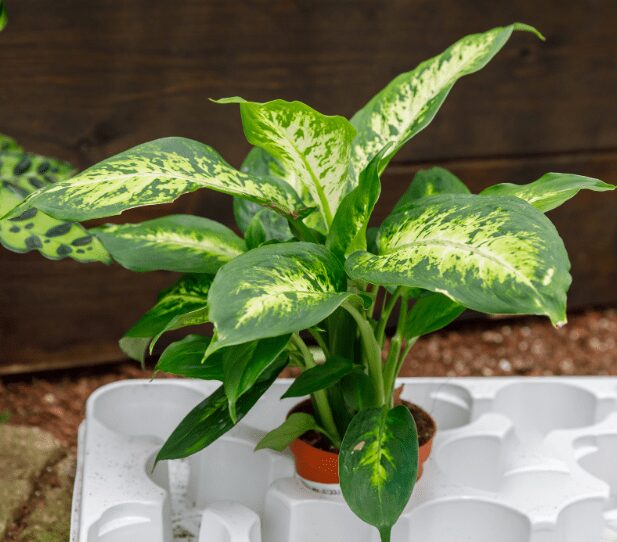
Dieffenbachia is a lovely, leafy plant whose leaves are appealing.
Dieffenbachia is sometimes referred to as “dumb cane” due to the sap’s capacity to irritate the throat and make it difficult to talk.
Aside from its humorous monikers, it is a highly lovely and popular houseplant of numerous kinds. The majority have variegated leaves and leaf margins in green, white, and yellow hues.
Botanical name: Dieffenbachia sp.
It is simple to harm a dieffenbachia by overwatering it, but it also does not like to be overly dry. Allow only the soil’s surface to dry out before watering it.
Light: Dieffenbachias do not appreciate direct sunlight, so place your plant under filtered or fluorescent light.
Despite they can reach heights of up to six feet, dieffenbachias are often only two to three feet tall.
Yes, both cats and dogs are susceptible to toxicity.
Where to obtain:
Dieffenbachia in the plastic pot is available for $18,99 on Amazon
ZZ Plant
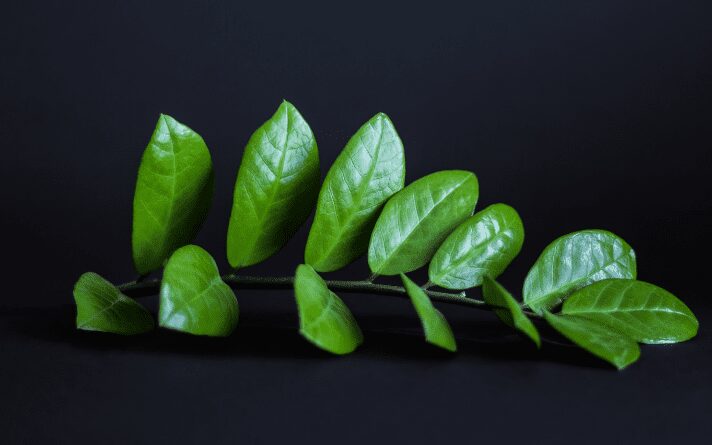
The ZZ plant is nearly indestructible compared to other live plants.
The ZZ plant, which is relatively new to the buzzing houseplant scene, is extremely difficult to kill. The rigid, thick, upright leaves grow very uniformly along the branches and are quite glossy, giving the plant an artificial appearance.
The ZZ plant is an amazing option for beginners to indoor gardening and cultivating houseplants.
Botanical name: Zamioculcas zamiifolia
As a succulent, the ZZ plant is resistant to drought. Let the soil to dry out between waterings to prevent root rot.
The ZZ plant is quite tolerant of light; it doesn’t like it too bright and will endure pretty dim light, but it thrives in filtered sunlight.
The ZZ plant grows very slowly in size. It will reach a height of two to three feet.
Toxic to animals? Yes, both cats and dogs are affected.
Where to obtain:
The Amazon offers for $25 the Black Raven ZZ Plant in terrazzo pot.
Arrowhead Plant

Arrowhead vine is a beautiful, fast-growing, leafy plant.
This popular houseplant features leaves that are fashioned like arrows. There are numerous types in a vast array of hues, including bronze, green, cream, and pink.
When young, the plant has a bushy form, but as it ages, it begins to form a vine. Typically, as the plant ages, its leaves also begin to transform from arrow-shaped to lobed.
Botanical name: Syngonium podophyllum
Water your arrowhead vine whenever the soil’s surface becomes dry to the touch.
This plant thrives in low to moderate light conditions.
The plant can reach a height of three feet, however, it tends to sprawl and grow as a vine rather than reaching its full height vertically.
Toxic to animals? Yes, both cats and dogs are affected
Where to obtain:
$20.99 for an arrowhead plant in a plastic planter, sold on Amazon
$39.99 Arrowhead hanging plant is available from Plants.com.
Bird Of Paradise
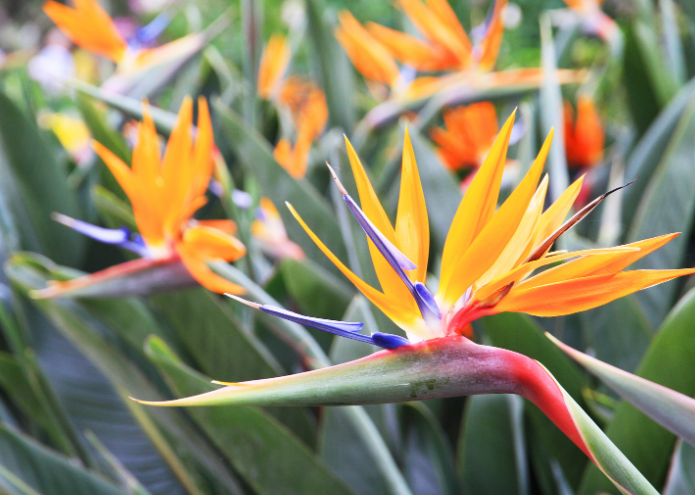
If you’re searching for height, the bird of paradise is a large, low-maintenance, and gorgeous plant.
The bright flowers that the bird of paradise produces resemble birds in flight, hence the plant’s moniker.
The tropical plant is native to South Africa and prefers humid conditions and strong light. Despite its imposing appearance, the plant is quite low-maintenance.
Because it can endure periods of drought and indirect light, it is ideal for novices.
Botanical name: Strelitzia reginae
Water: Water the soil monthly to keep it moist, but never soggy.
High to moderate illumination, particularly in direct sunlight.
Size: The bird of paradise may grow up to five feet tall and three feet broad inside.
Toxic to animals? toxic to cats and dogs.
Where to obtain:
$195 for an XL Bird of P
15 seeds of Bird of Paradise on Amazon, $12,99
Cast Iron Plant
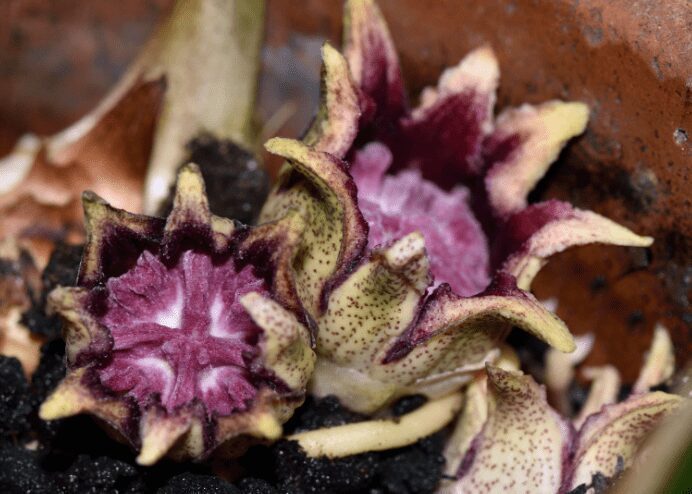
The cast iron plant is extremely resilient, living true to its name.
A houseplant with a common name like “cast iron plant” is difficult to kill, even for individuals with a black thumb.
The plant has an upright growth pattern and dark green, long, somewhat pointed leaves.
Botanical name: Aspidistra elatior
Although it enjoys evenly moist soil, the cast iron plant can endure periodic drought.
This is yet another fantastic plant for spaces that receive little natural light.
Despite growing very slowly, the cast iron plant can eventually reach a height of three feet.
Toxic to animals? Non-toxic to both felines and canines.
Where to obtain:
Cast Iron Plant in Plastic Pot, $24.99, available on Amazon
Goldfish Flower
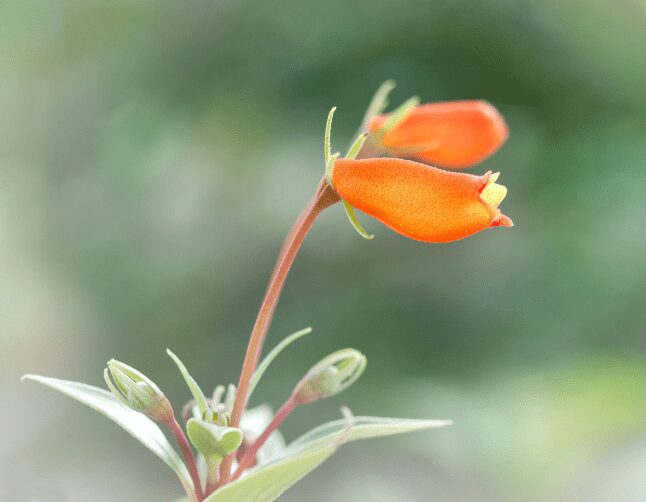
If you wish to decorate your home with flowers, the goldfish plant and its delicate blooms will do the work.
Some flowering houseplants are temperamental, but the goldfish plant, so-called because its orange or yellow flowers resemble goldfish, is a low-maintenance plant that blooms nearly year-round when content and is attractive even without its brilliant, waxy blossoms.
The cascading growth pattern of this plant is best displayed in a hanging basket or perched on a column or high cabinet.
Botanical name: Columnea gloriosa
Although the goldfish plant is not totally drought-resistant, it can dry out between waterings.
Put your plant in a window, the one that gets lots of light, but not excessive heat, for the best results.
Typically, the goldfish plant grows between one and two feet in height, but it’s simple to cut it back if you prefer a smaller plant.
Toxic to animals? Both cats and dogs experience mild irritation.
Where to obtain:
Goldfish plant seeds are for sale on Amazon for $5.52
Ponytail Palm
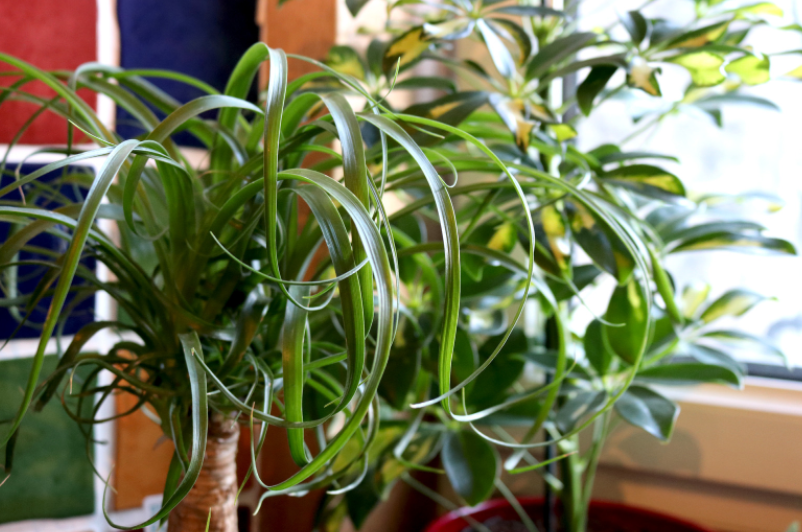
Who wouldn’t want a quirky ponytail palm tree?
The ponytail palm resembles a Dr. Seuss creation more than a succulent, which despite its name it is. It features a broad, water-retaining base and a “head” of drooping leaves atop a naked trunk.
It is also known as an elephant’s foot, which is another apt moniker for this amusing plant. If you’re searching for a low-maintenance indoor tree, this is one of the best options available.
Botanical name: Beaucarnea recurvate
Your ponytail palm can tolerate several weeks without water but should be watered once or twice per month.
While the plant enjoys bright light, it is quite tolerant and can flourish in moderate light as well.
Given sufficient time, the ponytail palm can attain a height of six feet or more, while it is more common for it to remain under four feet tall.
Toxic to animals? Non-toxic to both felines and canines.
Where to obtain:
Ponytail Palm in the recyclable plastic pot is available for $65 on Amazon
The Peace Lily or Spathiphyllum
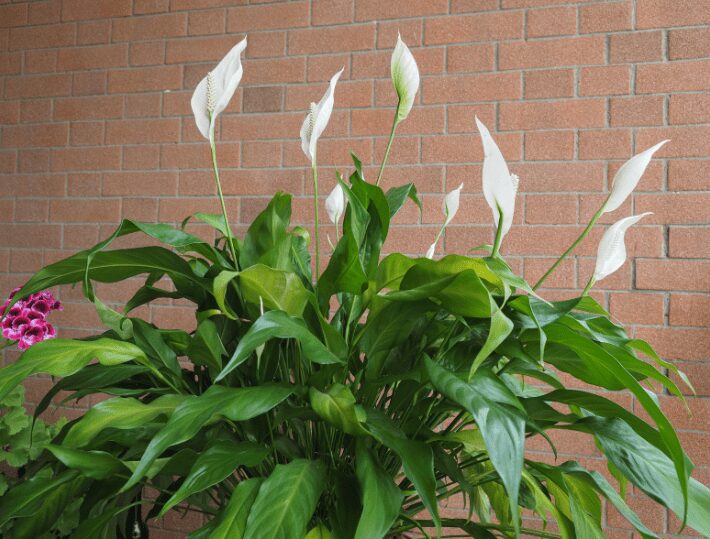
performs best out of direct sunlight, as long as it does not get cold in winter. The peace lily does not like draughts.
Regular misting is essential. Be sure to keep the potting soil moist and reduce the watering in the winter months.























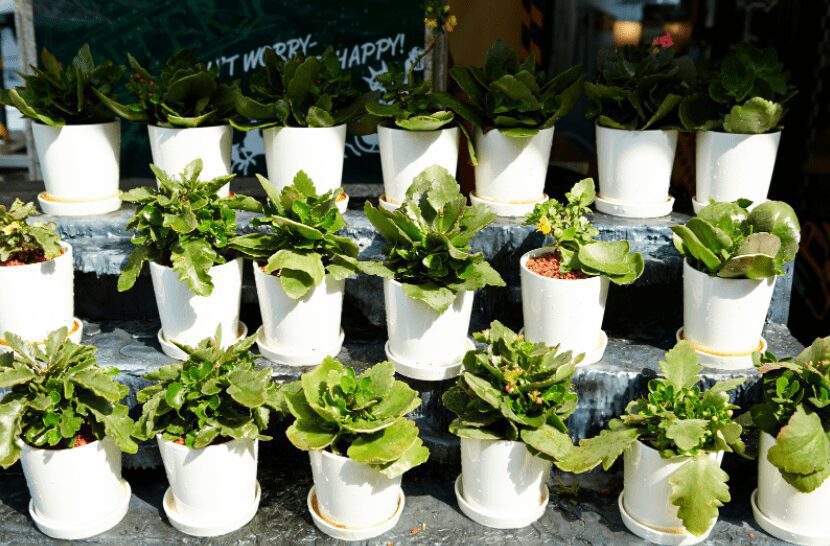




Comments are closed.